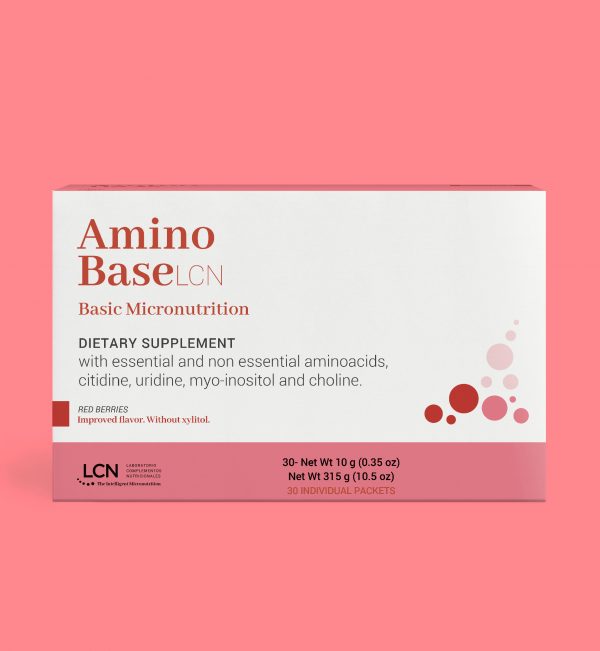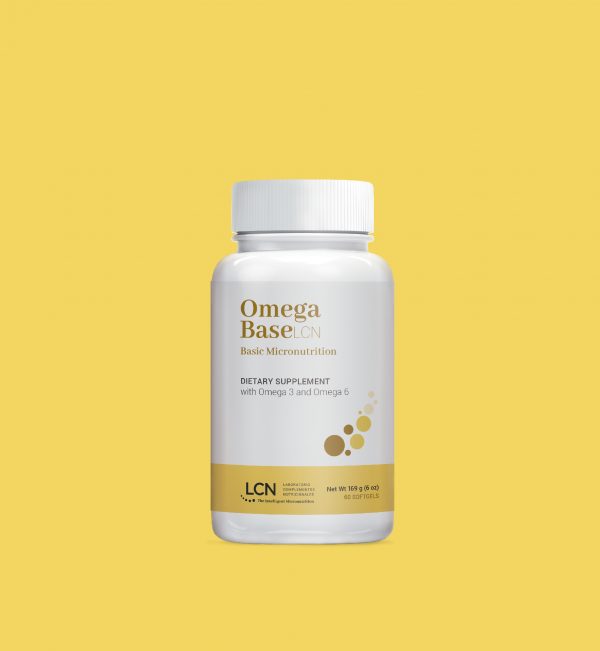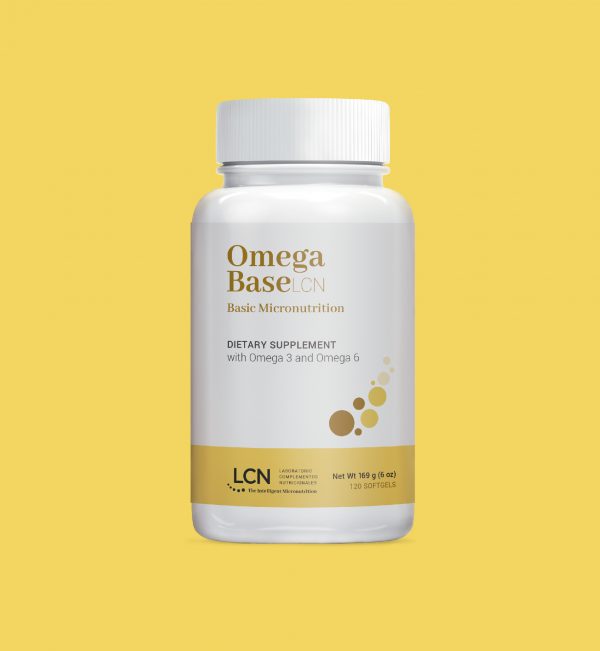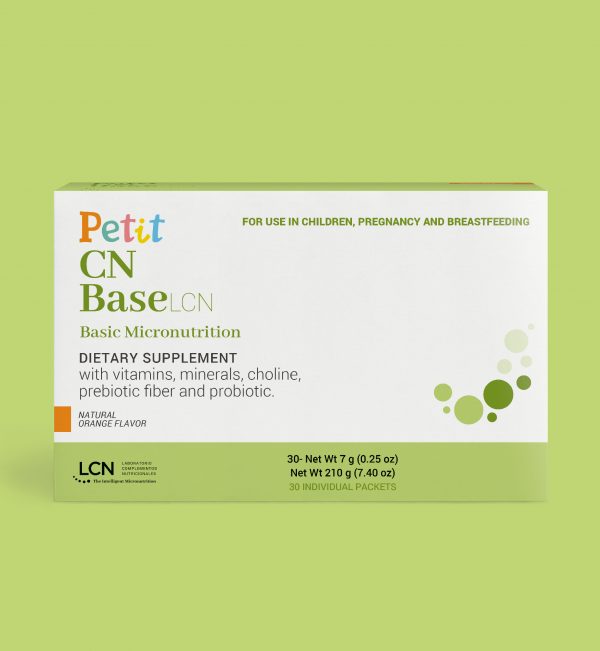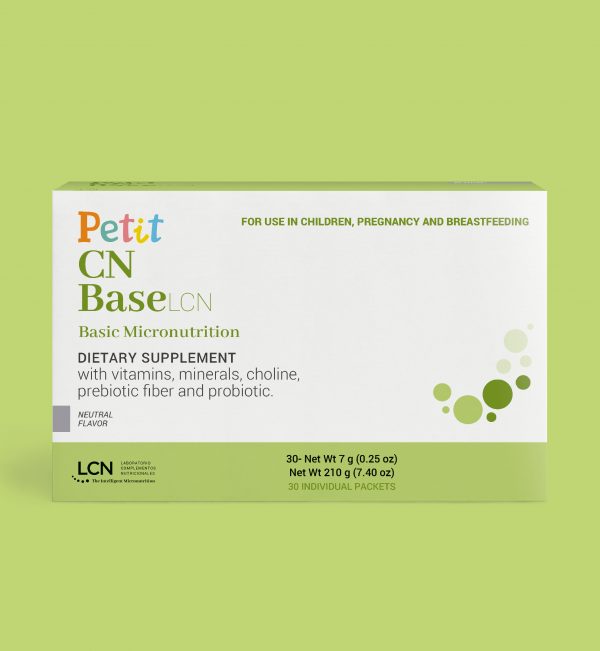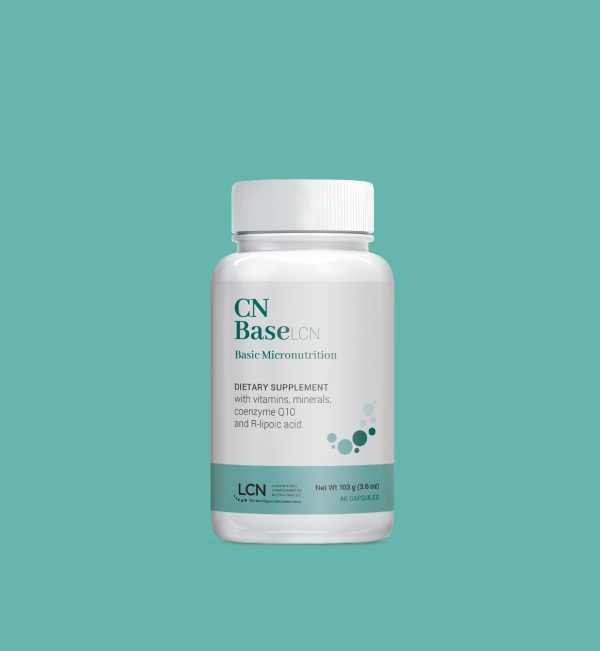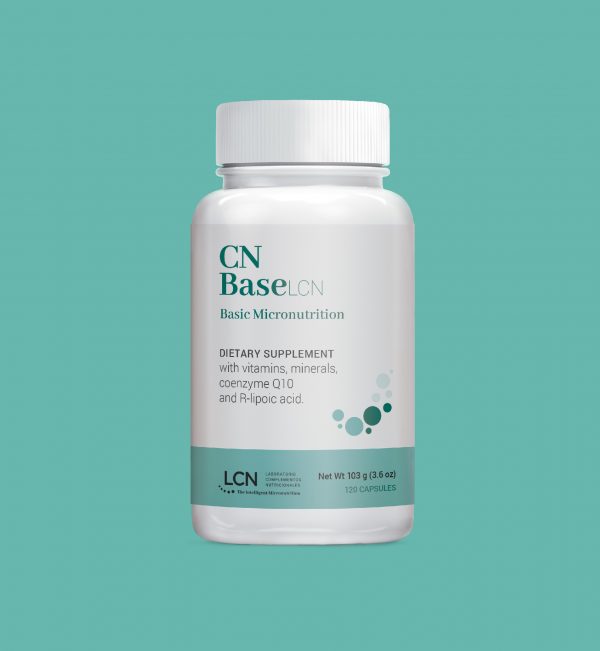Vitamin E
What is it?
Vitamin E or tocopherols and tocotrienols: alpha, beta, gamma, and delta.
Alpha-tocopherol is an essential mineral and a basic micronutrient for the body’s antioxidant system.
Vitamin E is a fat-soluble anti-oxidant that inhibits lipid peroxidation in biological membranes, and alpha-tocopherol is considered the most active form. The anti-oxidant activity depends on the presence of other antioxidant nutrients such as: coenzyme Q10, lipoic acid, retinol, and vitamin C (Herrera and Barbas 2001; Packer, Weber et al. 2001; Anonymous 2007; Wang and Quinn 1999).
Vitamin E supplementation
Vitamin E includes two families with eight vitamers:
1) the tocopherols (α,ß,γ,δ)
2) the tocotrienols (α,ß,γ,δ): which are less biologically active compounds with other important biological functions for cells.
he vitamers are named according to the position and number of methyl groups in their ring systems. The most important of them is α-tocopherol in the natural form of the D isomer. DL-α-tocopherol is the synthetic form of vitamin E.
Another form of vitamin E is D-α-tocopheryl acid succinate, also known as dry vitamin E because it can be used in supplements that do not contain a fatty vehicle as an additive.
A good way to supplement tocopherols in a balanced manner is through the combination of mixed tocopherols that supply the following: alpha-tocopherol < 20 %, beta-tocopherol < 10 %, gamma-tocopherol 50 % – 70 % y delta-tocopherol 10 % – 30 %.
Foods with vitamin E
The highest levels of vitamin E (alpha-tocopherol) are found in the following foods: asparagus, avocados, eggs, milk, walnuts, seeds, spinach and other green vegetables, uncooked vegetable oils, and wholegrain foods (Anonymous 2010).
Cooking and processing reduces the vitamin E content of foods by 10% to 60%.
Alpha-tocopherol
The highest content is found in the following:
- Palm, soy, safflower, and peanut oils in significant amounts.
- Olive and sunflower oil.
- Nuts. The highest content is found in the following: almonds, hazelnuts, sunflower seeds, peanuts, pistachios, and Brazil nuts, although all contain alpha-tocopherol.
- Oats and barley.
In smaller amounts:
- Oily fish species.
- Cocoa and chocolate powder.
- Muesli and some breakfast cereals.
- Brown rice.
- Margarine.
- Whole eggs and egg yolks.
- Ground beef.
- Spinach. Soy.
- Mangoes. Pears. Blackberries. Nectarines. Grapes. Apples.
Gamma-tocopherol
The highest content is found in the following::
- Soy, corn, palm, safflower, peanut, and coconut oils, in large amounts. Olive oil does not contain any gamma-tocopherol.
- Nuts and seeds. The highest content is found in sesame seeds. A high content is also found in the following: pecans, walnuts, pistachios, Brazil nuts, and cashews. Smaller amounts: almonds and peanuts. None: hazelnuts and macadamia nuts.
- Legumes, mainly soybeans.
In scant amounts:
- Sunflower oil.
- Wholegrain bread.
- Oats and barley.
- Wholegrain pasta.
- Peanut butter.
- Whole eggs and egg yolks.
- Chicken liver.
Beta-tocopherol
Very few foods contain beta-tocopherol. In very small amounts: oats, red peppers, eggs, almonds, peanuts and peanut butter, and wholegrain bread.
Delta-tocopherol
Very few foods contain delta-tocopherol. In large amounts: soy and palm oil. In very small amounts: oats, soy, sunflower oil, and cashews.
Tocotrienols
Very few foods contain tocotrienols. In large amounts: palm oil and barley. Oats contain alpha-tocotrienol. Nuts do not contain any tocotrienols, and only wholegrain bread and eggs contain alpha- and beta-tocotrienols in small amounts.



